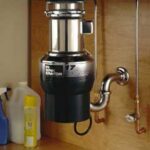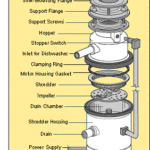Learn how to clean and freshen your garbage disposal naturally and effectively. This guide covers step-by-step instructions for regular maintenance, troubleshooting tips, and answers to common questions about garbage disposal care.
A clean garbage disposal is essential for a hygienic and odor-free kitchen. Over time, food debris can accumulate in the disposal, leading to unpleasant smells, bacterial growth, and even clogs. Regularly cleaning your garbage disposal can prevent these issues and ensure its smooth operation.
Signs Your Garbage Disposal Needs Cleaning
When should you clean your garbage disposal? Here are a few signs you should look for:
- Foul odor. The most obvious sign is a persistent, unpleasant smell coming from your sink, even after running the disposal. The odor is caused by food particles left in there, which are now rotting.
- Slow drainage. If your sink is draining slowly, it could be due to a buildup of food debris in the disposal. Eventually, food waste buildup can clog the drain or trip the circuit breaker.
- Strange noises. When your garbage disposal suddenly makes strange humming or buzzing sounds, the disposal is probably jammed. See How to Fix a Garbage Disposal — DIY Repair.
- Visible grime. If you can see bits of food or grime around the disposal’s opening, it’s definitely time for a cleaning.
Step-by-Step Guide to Cleaning Your Garbage Disposal
To clean your garbage disposal, gather the following materials and then dive into the step-by-step instructions.
Materials Needed
- Baking soda
- White vinegar
- Ice cubes
- Salt (optional)
- Dish soap
- Old toothbrush or cleaning brush
- Lemon or citrus peels (optional)
Instructions
1. Turn off the power
Before you begin, ensure your garbage disposal is turned off at the breaker or unplug it from the outlet for safety.
2. Clear out debris
Remove any visible debris from the disposal’s opening with tongs or pliers. Don’t reach into the disposal with your hands.
3. Baking soda and vinegar
Pour half a cup of baking soda into the disposal, followed by one cup of white vinegar. The mixture will fizz and foam. Let it sit for 10 to 15 minutes. Then restore power to the disposal. Turn on the hot water and run it through the disposal for a minute while the disposal is running to flush out the baking soda and vinegar mixture, and any loosened debris.
4. Ice and salt scrub
Fill the disposal with ice cubes and a handful of salt (optional). The ice helps dislodge debris, and the salt acts as a scrub. Run the disposal with cold water until the ice is gone. The ice and salt work together to scour the inside of the disposal, further dislodging any stuck-on grime.
Note: At first, it’s likely to look like a chocolate milkshake is gurgling up out of the drain—keep running the disposal while rinsing until the water going down the drain runs clear.
5. Final cleanup and refresh
Apply a few drops of dish soap to an old toothbrush or cleaning brush. Scrub the visible parts of the disposal, including the underside of the rubber splash guard. This step cleans the visible parts of the disposal and the splash guard, removing any remaining residue. For a fresh scent, run a few lemon or citrus peels through the disposal. This is optional but can help to eliminate any lingering odors and leave your disposal smelling fresh.
Maintenance Tips
- Regular cleaning. Aim to clean your garbage disposal every 1-2 weeks, or more often if you use it frequently.
- Avoid harsh chemicals. Don’t use bleach or drain cleaners, as they can damage the disposal and pipes.
- Proper disposal. Don’t put grease, fats, coffee grounds, or fibrous foods like celery down the disposal, as they can cause clogs.
By following these simple steps and maintenance tips, you can keep your garbage disposal clean, fresh, and functioning properly for years to come.
Garbage Disposal Care
Proper care can significantly extend the life of your garbage disposal and ensure optimal performance. Follow these essential tips:
Monthly cleaning. Choose one of the cleaning methods detailed in this article and perform it monthly. This prevents excessive food waste buildup and keeps your disposal fresh.
Run cold water. Always run cold water while using the garbage disposal. Cold water helps solidify fats, making them easier to break down and reducing the risk of clogs or odors.
Avoid overloading. Feed your garbage disposal small quantities of food waste (about 1 cup at a time). This prevents strain on the motor and ensures efficient grinding.
Garbage Disposal Don’ts
Keep your disposal running smoothly by avoiding these food items:
- Starchy foods like boiled potatoes. They can clump and clog.
- Stringy or fibrous foods like celery, asparagus, and artichokes. These can tangle and cause buildup.
- Fatty foods and oil. These congeal and contribute to clogs.
- Coffee and eggshells (or similar foods). These don’t break down easily and can create odors.
For more, see Basic Garbage Disposal Care.
Garbage Disposal Cleaning FAQs
Can I put lemon juice in my garbage disposal?
Yes, lemon juice can be used to freshen up your garbage disposal. Cut a lemon in half, then run both halves through the disposal with cold water running.
How do I get rid of the smell in my garbage disposal?
To eliminate odors, try using baking soda and vinegar, citrus peels, or commercial garbage disposal cleaners.
Can I put baking soda down my garbage disposal?
Yes, baking soda is safe for garbage disposals and helps deodorize them. Pour half a cup of baking soda down the drain, followed by a cup of vinegar. Let it sit for a few minutes, then rinse with hot water.
How often should I clean my garbage disposal?
It’s recommended to clean your garbage disposal at least once a month to prevent clogs and odors. If you use it frequently or dispose of a lot of food scraps, you might want to clean it more often.
Is it safe to put ice down my garbage disposal?
Yes, it’s safe to put ice down your garbage disposal. Combined with salt, it helps clean the blades and remove debris.



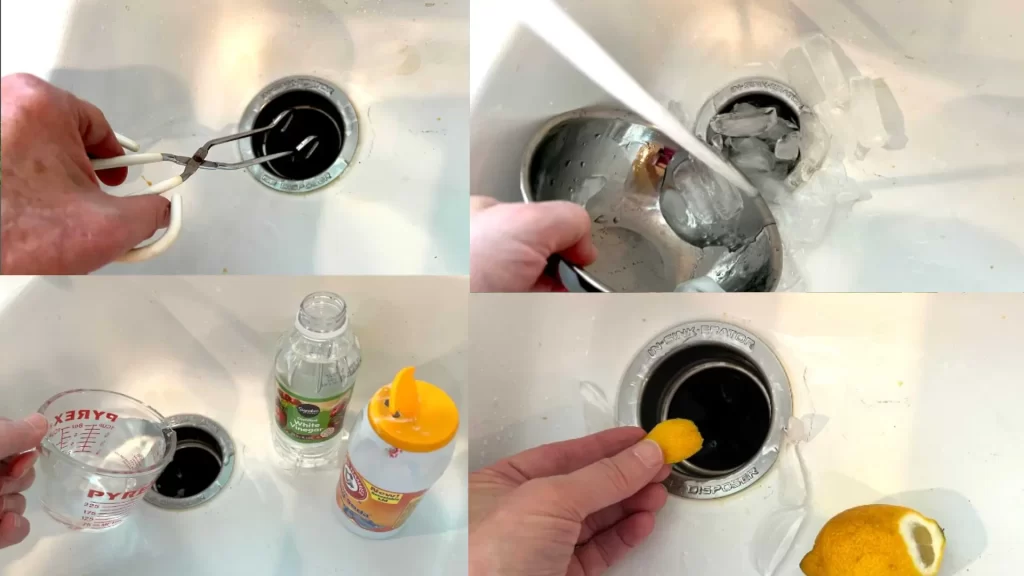
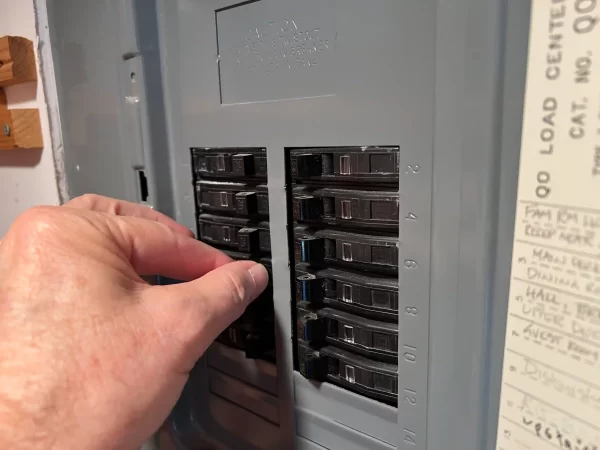
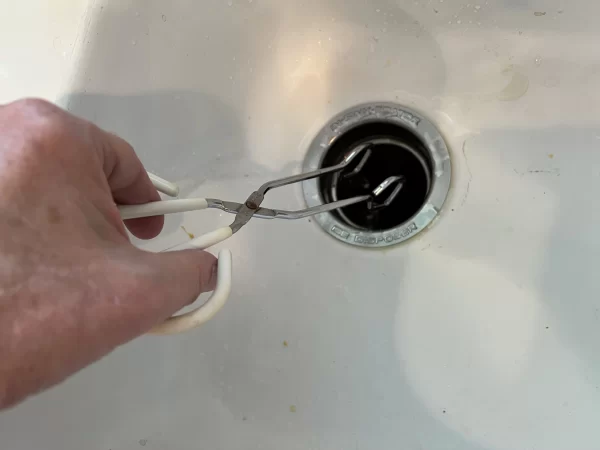
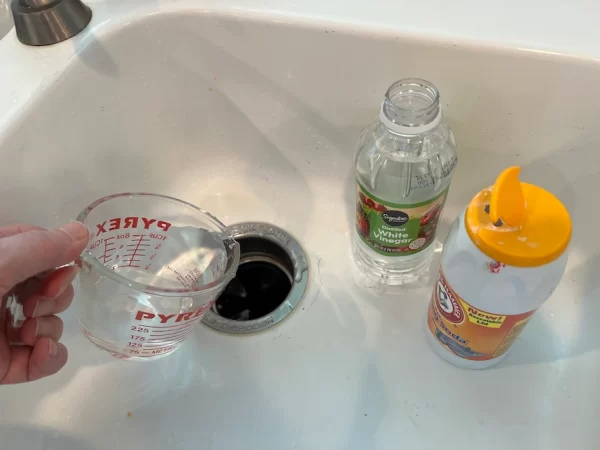
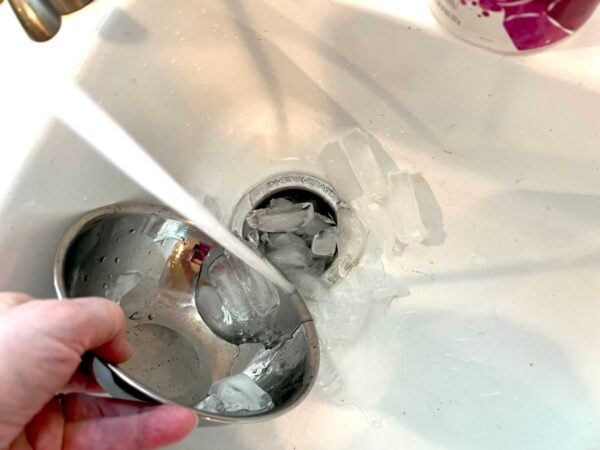
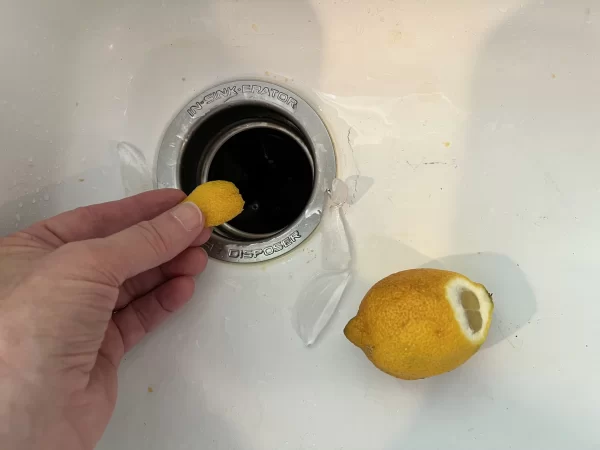
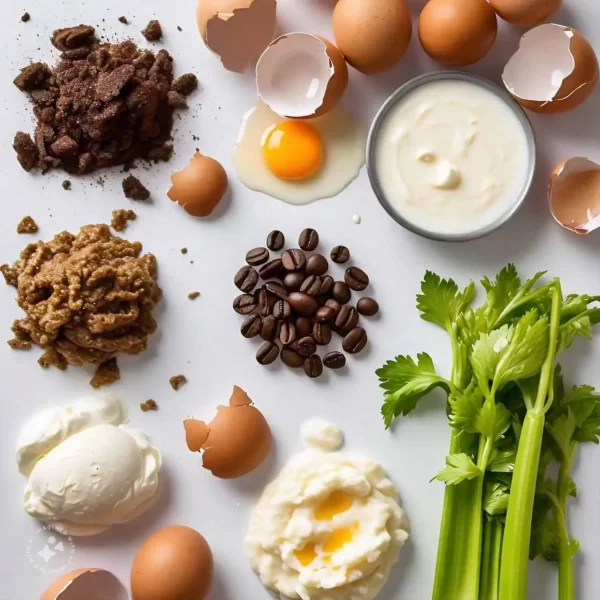




 Don Vandervort writes or edits every article at HomeTips. Don has:
Don Vandervort writes or edits every article at HomeTips. Don has:
